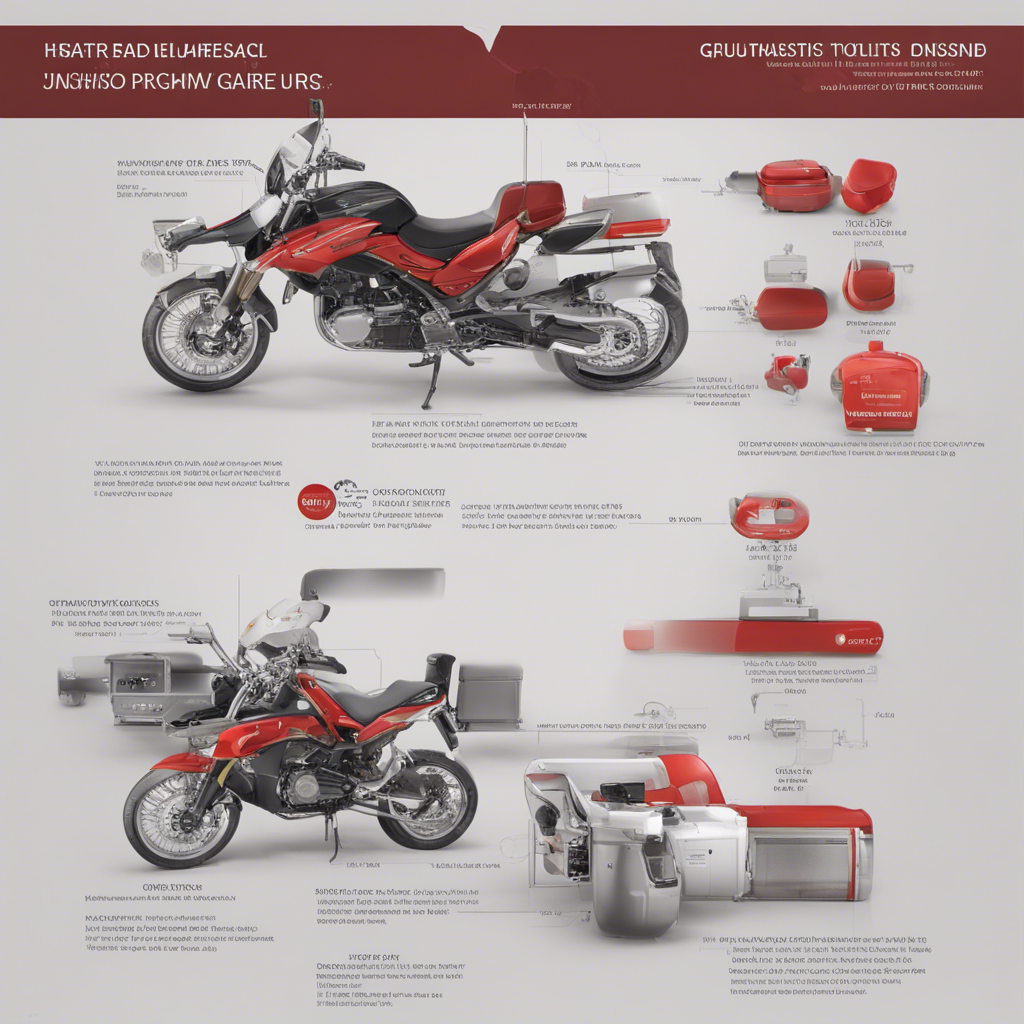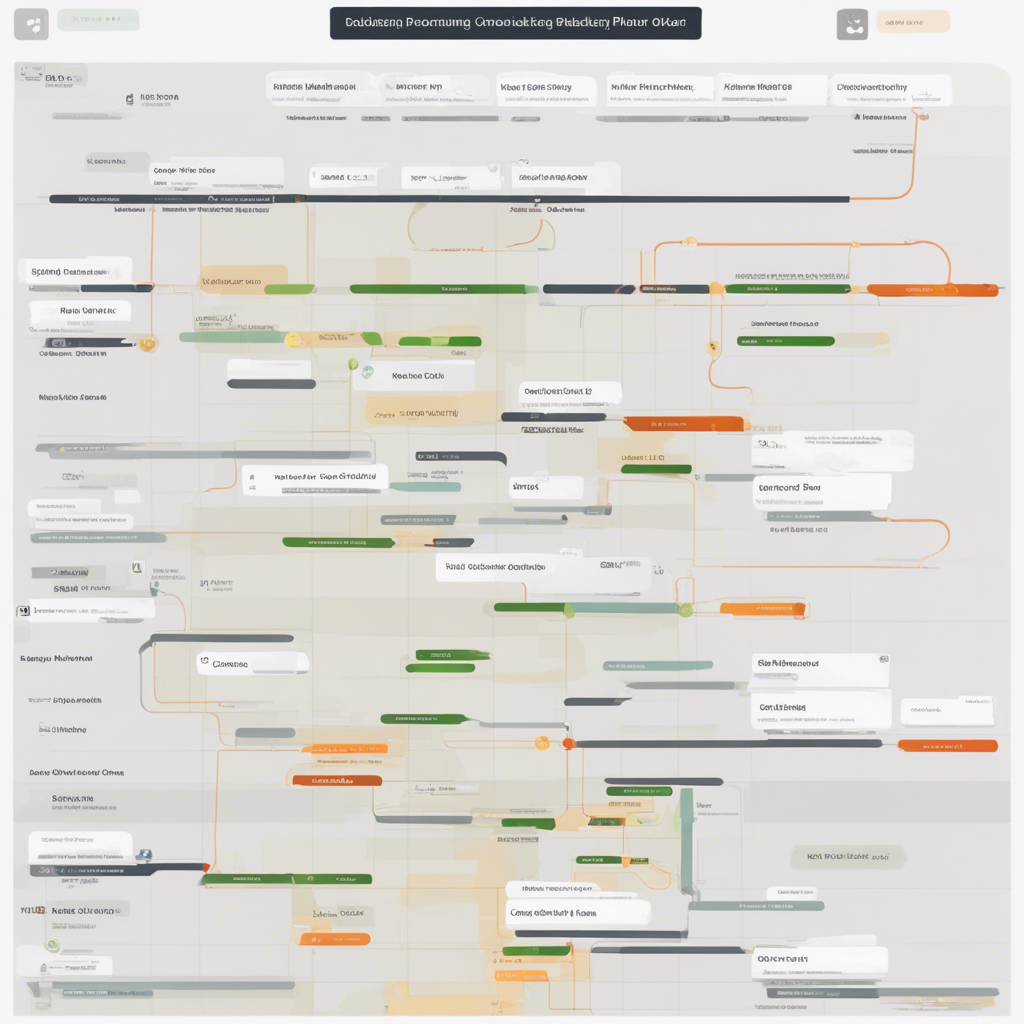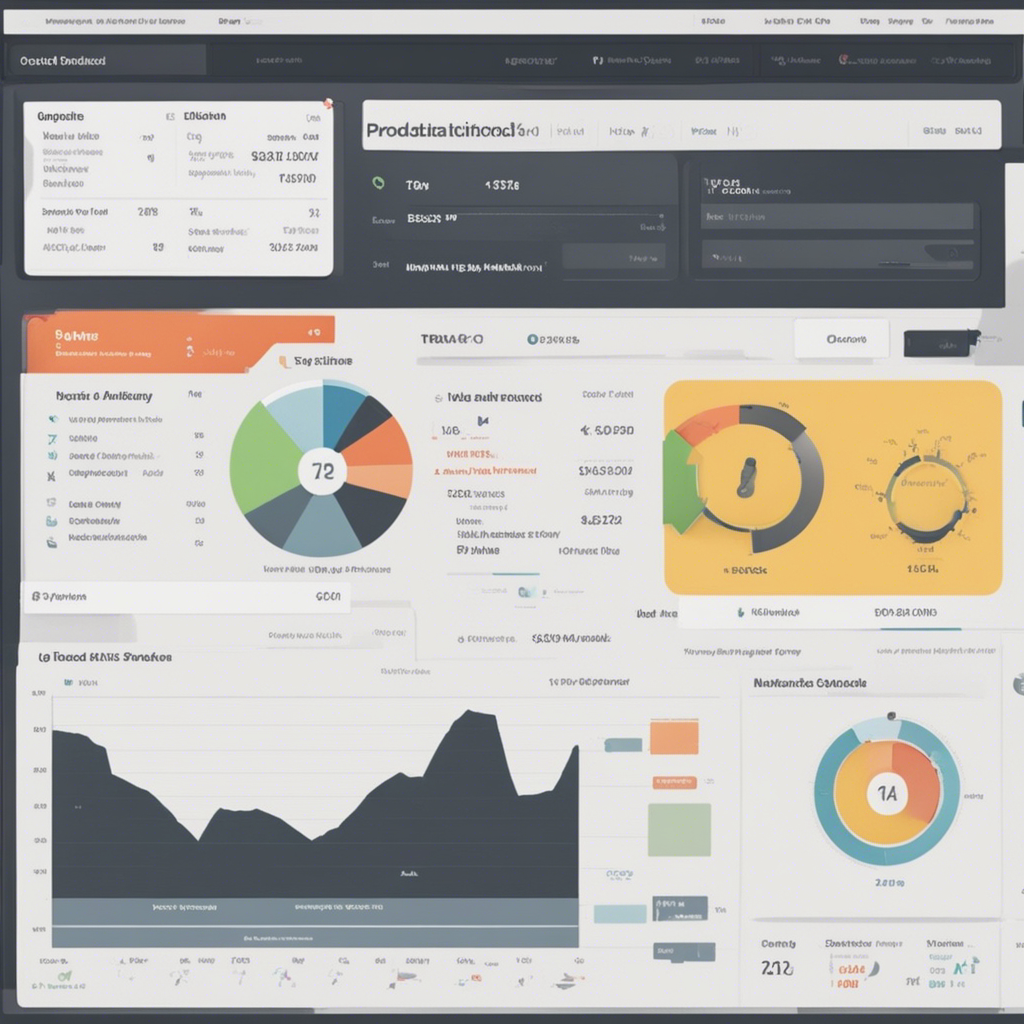
Measuring Product Market Fit: Tools and Methodologies
Note: This blog post aims to provide a comprehensive overview of measuring product-market fit. We will explore various tools and methodologies commonly used by businesses to gauge the success of their products in the market. This post is intended to help our readers understand the importance of product-market fit and how they can measure it objectively. Please note that the information provided here is based on industry research and case studies.
Introduction
Product-market fit is a crucial concept in the world of business and entrepreneurship. It refers to the extent to which a product satisfies the demands and needs of its target market. Achieving product-market fit is essential for the success and sustainability of any business venture, as it directly correlates with demand, customer satisfaction, profitability, and long-term growth.
Measuring product-market fit accurately is not a straightforward task. It requires a systematic approach and comprehensive evaluation of various factors. In this blog post, we will discuss some of the most effective tools and methodologies that businesses can use to measure product-market fit objectively.
Qualitative Methods
Qualitative methods are designed to gather subjective feedback from customers and prospects. These methods provide insights into customers’ experiences and perceptions of a product or service. Here are three commonly used qualitative tools for measuring product-market fit:
1. Customer Interviews
Conducting structured customer interviews allows businesses to gather in-depth information about their customers’ needs, pain points, and level of satisfaction with the product or service. These interviews should be conducted with a diverse group of customers, both current and potential, to gain a holistic understanding of the market’s perception.
2. Net Promoter Score (NPS)
The Net Promoter Score is a widely used customer satisfaction metric that measures the likelihood of customers recommending a product or service to others. It is based on a simple survey question: “On a scale of 0-10, how likely are you to recommend our product to a friend or colleague?” Based on the responses, customers are categorized into promoters (score 9-10), passives (score 7-8), and detractors (score 0-6). A high NPS indicates strong product-market fit.
3. User Testing and Observations
Observing actual users interacting with a product can provide valuable insights into usability issues, pain points, and areas for improvement. User testing involves collecting feedback while users complete specific tasks or scenarios, helping identify areas where the product may be falling short and improving its overall fit in the market.
Quantitative Methods
Quantitative methods rely on data analysis and metrics to assess product-market fit objectively. These methods involve analyzing large sets of data to identify patterns, trends, and statistical significance. Here are three commonly used quantitative tools for measuring product-market fit:
1. Activation Rate
The activation rate measures the percentage of users who have successfully completed the desired actions or milestones after using a product or service. These actions could include creating an account, making a purchase, or using a specific feature. A high activation rate indicates that the product is effectively meeting the needs of its target audience.
2. Retention Rate
The retention rate measures the percentage of customers who continue to use a product or service over a given period. A high retention rate signifies that customers find value in the product, indicating a strong product-market fit. By analyzing retention rate data, businesses can gain valuable insights into customer loyalty and satisfaction.
3. Market Demand and Growth Metrics
Measuring market demand and growth metrics is crucial to understanding the overall competitiveness and product-market fit. Analyzing market size and growth trends, competitor analysis, and industry benchmarks provide valuable context for evaluating the success of the product in relation to its target market.
Data-Driven Approach
To measure product-market fit accurately, it is beneficial to adopt a data-driven approach that combines qualitative and quantitative methods. By using the right mix of tools and methodologies, businesses can gather valuable insights and make informed decisions about product development, marketing strategies, and customer satisfaction. Additionally, incorporating a continuous feedback loop from customers and prospects enables iterative improvements to enhance the product-market fit over time.
Conclusion
Measuring product-market fit is vital for businesses’ success and long-term growth. By utilizing a combination of qualitative and quantitative methods, businesses can objectively assess the level of fit and make data-driven decisions to improve their products and services. The tools and methodologies mentioned in this blog post provide a starting point for businesses to evaluate their product-market fit effectively. Remember, achieving and maintaining product-market fit is an ongoing process that requires continuous monitoring and adaptation to changing market dynamics.






